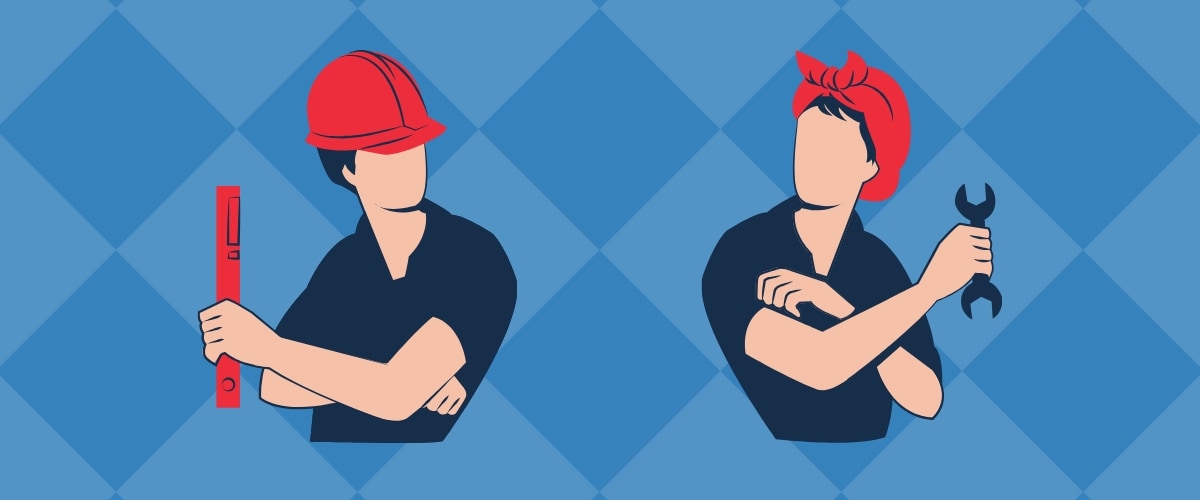The Impact of H.R. 6201 “Families First Coronavirus Response Act” on Indoor Climbing Gyms
Date postedMarch 20, 2020

On March 18th Congress passed the Coronavirus Response Act. In this bill there is assistance for you and your employees. Here’s a brief overview of some of the key laws that you will need to pay attention to.
Emergency Paid Sick Leave Act
- If you have fewer than 500 employees, you must now provide 2 weeks of paid sick leave.
- If your employee has been advised to self-quarantine, is experiencing symptoms, or is subject to an isolation order, you must pay sick leave at the regular rate.
- If they are caring for someone who has been advised to self-quarantine, is experiencing symptoms, or is subject to an isolation order, or if they are caring for a child whose school or care provider has been closed, you must pay sick leave at two-thirds the regular rate.
- Full time workers are eligible for up to 80 hours of sick leave and part-time workers are eligible for sick leave based on their normal work hours over a two-week period.
- If you have less than 50 employees, the Department of Labor may exempt businesses from this requirement if it threatens the viability of the business.
- Employees must have been employed for 30 days to be eligible for this benefit.
- If you have an existing paid leave policy, you must also provide this emergency paid sick leave.
- You could be subject to civil penalties if you violate this law.
Tax Credits for Required Paid Sick Leave
- You will receive a refundable payroll tax credit equal to 100% of qualified paid sick leave wages for each quarter.
- This credit is claimed on your quarterly employment tax returns. To assist with cash flow, employers can fund the family leave pay by accessing employment taxes that have been withheld and set aside for deposit with the IRS.
- The credit is capped at $511 per day for employees personally affected, and at $200 per day for employees who are caring for others.
- If you are self-employed and you are diagnosed or have to comply with an isolation recommendation you are able to claim up to 100% of the qualified sick leave equivalent, if you are self-employed and you are caring for someone you can claim up to 67% of the sick leave amount.
- The credit is refundable and will be credited against your income and self-employment taxes.
- The credit is capped at $511 per day or the average daily self-employment income for the tax year.
- You must retain documentation to establish eligibility for the credit.
Emergency Family and Medical Leave (FMLA) Expansion Act
- If you have fewer than 500 employees your employees who have been working for at least 30 days are entitled to take up to 12 weeks of job-protected leave under the FMLA if they are caring for a child whose school or care provider has closed.
- The first 10 days of this leave can be unpaid, but an employee could choose to use vacation, personal leave, or any other paid time off available.
- After the first 10 days employers must provide two-thirds the normal pay rate.
- Family leave pay is capped at $200 per day and $10,000 in total and is limited to 12 weeks in one calendar year.
- If you have less than 50 employees the Department of Labor may exempt businesses from this requirement if it threatens the viability of the business.
Tax Credits for Required Paid Family Leave
- You will receive a refundable payroll tax credit equal to 100% of qualified family leave wages paid.
- This credit is claimed on your quarterly employment tax returns. To assist with cash flow, employers can fund the family leave pay by accessing employment taxes that have been withheld and set aside for deposit with the IRS.
- The credit is capped at $200 per day and $10,000 dollars per calendar quarter.
- The credit is triggered only after an employee has taken more than 10 days of paid sick leave.
- If you are self-employed and you are caring for a child whose school or care provider has closed, then you are eligible for a tax credit equal to 100% of the qualified family leave equivalent.
- The credit is refundable and will be credited against your income and self-employment taxes and it can be refundable against an employer’s payroll taxes.
- The credit is capped at $200 per day or the average daily self-employment income for the tax year and is capped at 50 days.
- You must retain documentation to establish eligibility for the credit.
About The Author
 Garnet Moore is the Director of Operations at the Climbing Wall Association. Garnet brings more than a decade of experience in the climbing industry, including his time as the COO at Brewer's Ledge.
Garnet Moore is the Director of Operations at the Climbing Wall Association. Garnet brings more than a decade of experience in the climbing industry, including his time as the COO at Brewer's Ledge.
